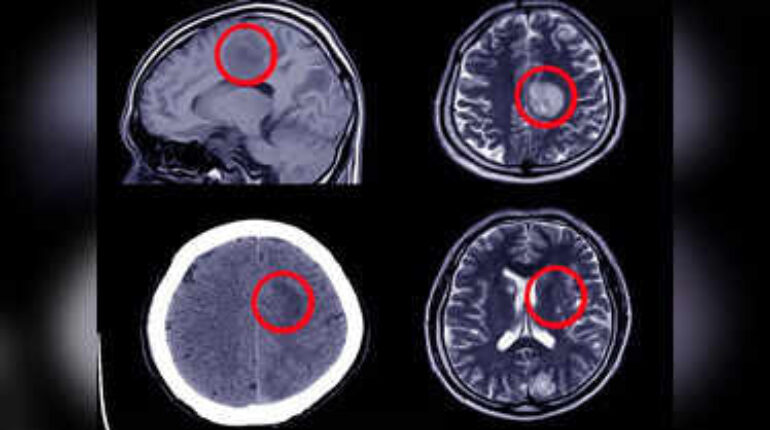📌 12 signs that may signal a brain aneurysm — Don’t ignore them

Posted 16 September 2025 by: Admin
Brain aneurysms often strike without warning—but certain warning signs can help you act before it’s too late.
A brain aneurysm occurs when a weakened blood vessel in the brain bulges or balloons, creating dangerous pressure or, in severe cases, rupturing and causing internal bleeding. Many aneurysms stay silent until a medical emergency occurs—but some symptoms may appear beforehand. Recognizing them can save lives.
12 Warning Signs of a Brain Aneurysm
1. Sudden, Severe Headache
Often described as “the worst headache of my life,” this classic sign of a rupture demands immediate emergency care.
2. Nausea and Vomiting
When paired with a severe headache, these can indicate bleeding or swelling inside the skull.
3. Blurred or Double Vision
Pressure on the optic nerve can distort vision—sudden changes should never be ignored.
4. Stiff Neck
Neck pain or stiffness, especially combined with headache or neurological changes, can signal bleeding or irritation of the meninges.
5. Sensitivity to Light (Photophobia)
Light sensitivity may accompany meningeal irritation or increased intracranial pressure.
6. Seizures
A seizure in someone without epilepsy is a serious red flag for brain bleeding or aneurysm rupture.
7. Drooping Eyelid or Facial Weakness
Nerve compression from an unruptured aneurysm can cause facial droop or eyelid sagging.
8. Loss of Consciousness
Fainting or collapsing can indicate a ruptured aneurysm and needs urgent intervention.
9. Trouble Speaking or Understanding Speech
Slurred words, confusion, or difficulty comprehending others may indicate brain damage or bleeding.
10. Difficulty Walking or Dizziness
Balance or coordination issues can result from an aneurysm affecting motor-control regions of the brain.
11. Pain Behind or Around the Eye
Localized pain near the eye socket can signal pressure from an unruptured aneurysm.
12. Personality or Behavioral Changes
Mood swings, confusion, or altered behavior may occur if a growing aneurysm disrupts brain function.
Why Acting Quickly Saves Lives
Unruptured aneurysms can sometimes be treated surgically or monitored closely, dramatically reducing risk. A ruptured aneurysm, however, can cause death or irreversible neurological damage within minutes.
Immediate steps:
Call emergency services (e.g., 911 in the U.S.) for sudden, severe headaches or neurological changes.
Do not wait for symptoms to “go away.” Rapid evaluation with a CT scan, MRI, or angiogram can identify an aneurysm before it ruptures.
Encourage regular checkups for those with a family history of aneurysms or vascular disorders.
Bottom line: Recognizing early signs like explosive headaches, vision changes, or facial droop can be lifesaving. Prompt medical attention is essential—time is brain.



















